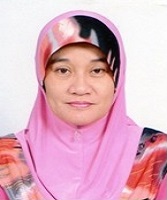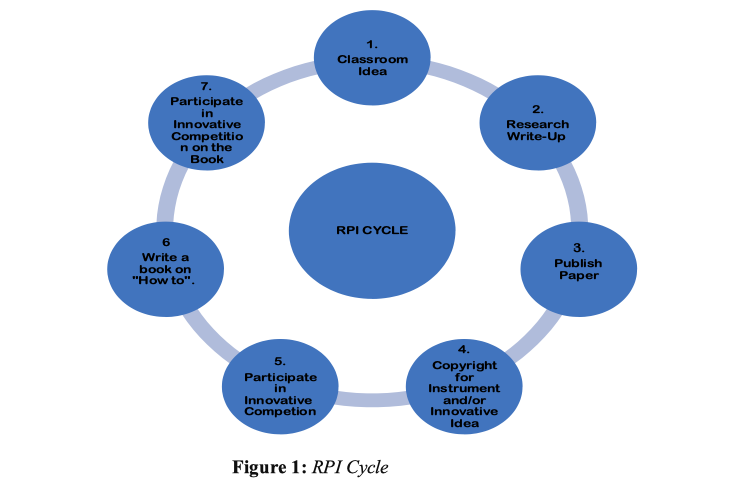
Associate Professor Dr. Noor Hanim Rahmat
Academy of Language Studies, Universiti Teknologi MARA, Malaysia
patanim@gmail.com

For teachers/lecturers who say they do not have anything to research amidst busy teaching duties, I would like to share how classroom ideas can turn into the research-publication-innovation (RPI) cycle. Pedagogical teaching methods are often reported as creative teaching ideas because no one method fits all students, in all situations.
The classroom contains a wealth of information and data for authentic academic writing. When teachers/academicians say; “I don’t have anything to write!”, the answer lies in the classroom environment. Firstly, the teaching methods used by teachers can be turned into creative innovations. Did the teacher improvise existing methods to suit different groups of students? How can the behavior of students be used as data in a study? How can the behaviour of teachers be reported in a study? How can the activities be reported as data in a study?
Next, the classroom also contains many opportunities for data collection. When teachers say, “I don’t have time to write”, the answer lies in the everyday documentation done by the teacher. Teachers usually plan before-during-after lesson activities could incorporate short episodes of a data collection plan at every stage of the lesson activity. Firstly, a teacher/lecturer can plan at the start of the semester on the step-by-step method of a creative teaching method. Next, the teacher can begin preparing a survey/interview/open-ended questions to gain feedback on students’ reactions towards the creative teaching method. Throughout the semester, the teacher might want to document the creative teaching method with photographs of students performing the activities. When the semester ends, the teacher can make time to write and publish the data collected.
Figure 1 displays how one teaching idea can bloom into a few publications. (1) it all begins with a unique classroom idea by the teacher. Next, (2) the teacher then makes plans for a research write-up. Then, (3) the teacher publishes the research report. After that, (4) the instrument used in the study or the innovative idea can be given copyright through documentation. Now the teacher can prepare to (5) participate in an innovative competition for the creative idea. Next, this creative teaching method can be turned into a “how-to” (6) book, Finally, the teacher can (7) participate in another innovative competition to showcase the book! So, my advice to teachers/academician, “write away!”





